The Canon EOS R7 and Canon EOS R10, launched at the same time in May 2022, are the first APS-C format mirrorless cameras with the Canon RF mount. This mount is directly compatible with both the Canon RF and RF-S mount lenses. The new range of RF-S lenses produce an image circle that is only large enough to cover APS-C format sensors so they are smaller and lighter than their full-frame counterparts.
The Canon R7 is aimed at the same audience as the EOS 7D Mark II, which we’re also still including on our list of the best APS-C cameras, because as you can see in our Canon EOS R7 vs 7D Mark II comparison, the 7D II is still a really viable camera. But the R7 gains a lot of features and technological advances compared to its DSLR predecessor.
Find the latest EOS R7 deals on Amazon UK and Amazon US.
Fujifilm X-H2
Fujifilm’s high-resolution X-series camera delivers exceptional image quality
Sensor: APS-C CMOS Megapixels: 40 Lens mount: Fujifilm X AF System: Intelligent Hybrid with up to 425 points Viewfinder: 5.76-million-dot EVF with 0.8x magnification Screen: Vari-angle 3-inch LCD with 1.62-million dots Max video Resolution: 8K at 30p, 6.2K at up to 30p, DCI4K at up to 60p, HD at 240p Apple ProRes internally in 10-bit at 4:2:2
The Fujifilm X-H2 splits the company’s flagship X-H series in two directions and provides an option in the X series for those who are after high resolution. Inside the camera is a 40MP APS-C back-side illuminated X-Trans CMOS 5 HR sensor with pixel layout that is said to be optimised for capturing detail and unrivalled colour accuracy.
The X-H2’s sensor is paired with Fujifilm’s new X-Processor 5, which enables 8K/30p video, improved autofocus capability and black-out free shooting at up to 15fps. Although the X-H2 has the highest resolution sensor of any Fujifilm X-series camera, it is also the first in the series to feature Pixel Shift Multi-Shot mode. In the X-H2, Pixel Shift Multi-Shot mode records 20 images with the sensor moving by 0.5 pixels between each.
As well as high-resolution stills, the X-H2 is also a serious camera for videographers. The X-H2 records video and Apple ProRes 10-bit 4:2:2 footage to a CFexpress Type B card at up to 8K/30p. Meanwhile, 12-bit Apple ProRes RAW or Blackmagic RAW footage can be recorded to an Atomos Ninja V+ or Blackmagic Design Video Assist respectively. These external devices connect via the X-H2’s full-size HDMI Type A port.
With exceptional image quality, high-level video capabilities and a £2,000 / $2,000 price tag, the Fujifilm X-H2 is one of the best APS-C cameras you can buy right now.
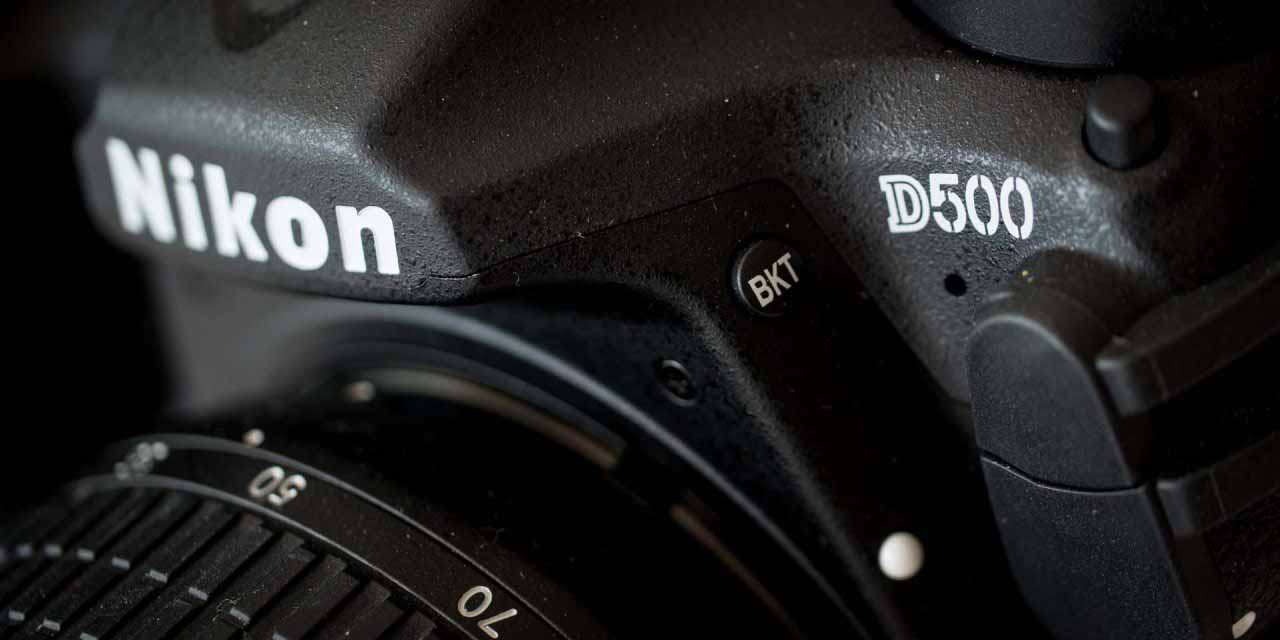
Nikon D500
A superb all-rounder, well suited to lots of different subjects
Sensor: APS-C CMOS, Megapixels: 20.9, Lens Mount: Nikon F Mount, AF System: Phase Detection AF, 153 point, Viewfinder: Optical pentaprism, 100% coverage, 1.0x magnification Screen: 3.2-inch, tilting, 2359k-dot, touch-sensitive Max video resolution: 4K, Max frame rate: 10fps
Pros: Touch-sensitive screen, dual card slots
Cons: Screen doesn’t articulate, Live View shooting a little stilted
Sharing many of the same specifications as the top-of-the-line (and full-frame) D5, the D500 has a vast swathe of appealing specifications. Designed to perform well in a variety of situations, there’s an excellent AF system and processor (shared with the D5) that copes brilliantly with action and fast-moving subjects – which you can shoot at 10fps.
The sensor has a relatively modest 20.8 million pixels, which sees it in good stead to cope with low light shooting across a very wide sensitivity range.
With a robust body, and plenty of buttons and dials to give you direct access to commonly used controls, the D500 also has an excellent viewfinder and a tilting touch-sensitive screen.
Find the latest deals on the Nikon D500 at Amazon UK and Amazon US.
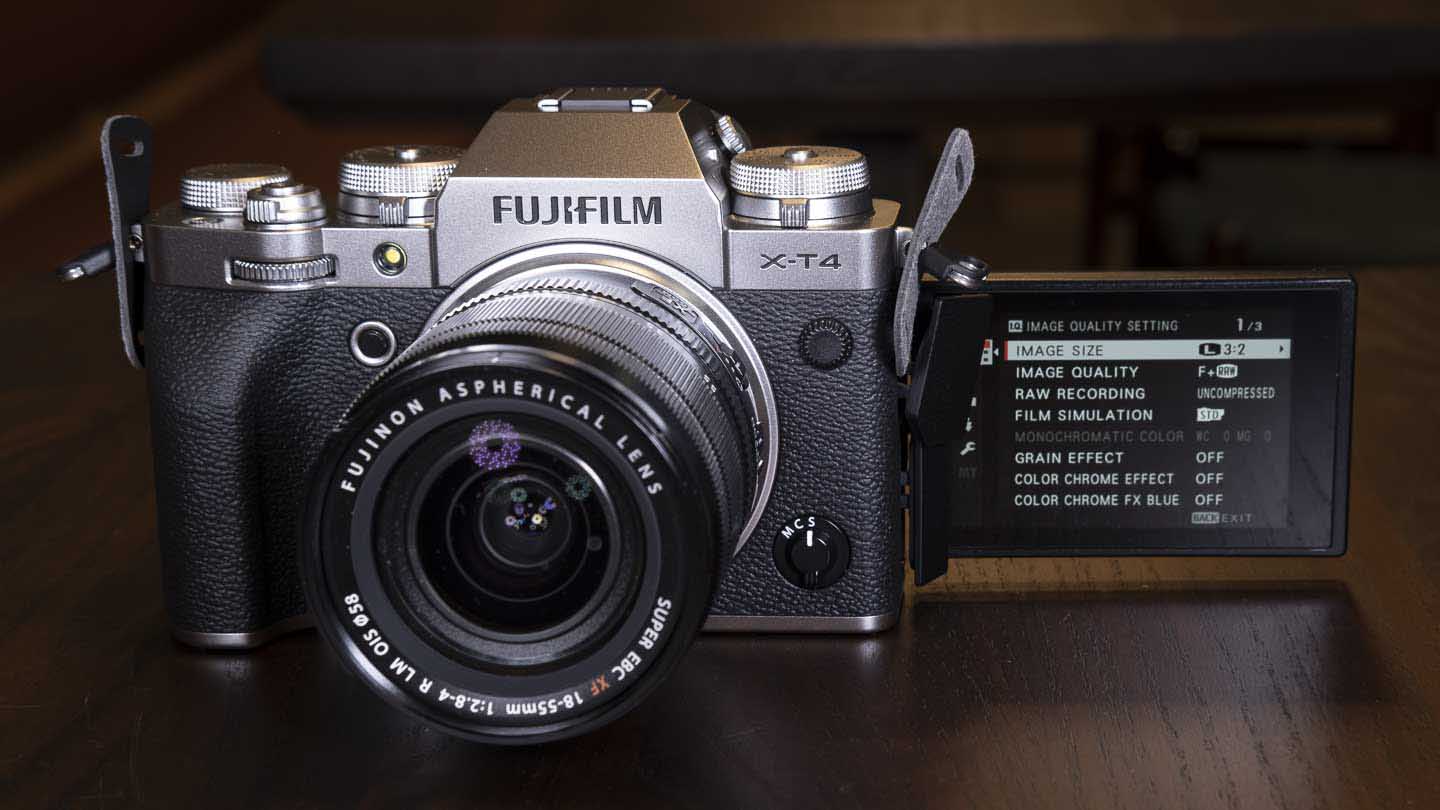
Fujifilm X-T4
Style and substance with this well featured and attractive option
Sensor: X-Trans CMOS 4 APS-C sensor Megapixels: 26.1 Lens Mount: Fuji X AF System: Intelligent hybrid with up to 425 selectable AF points Viewfinder: 0.5 inch, 3.69 million dot OLED, 100% coverage Screen: Vari-angle 3-inch 1.6 million dot touch screen LCD Max Video Resolution: C4K (4096×2160) at 59.94p/50p/29.97p/25p/24p/23.98p 400Mbps/200Mbps/100Mbps, 4:2:0 10bit internal SD card recording; 1080/240p
Pros: Fast AF and frame rate, 4K video, IBIS
Cons: It’s hard to fault this camera
It may have the same 26.1MP X-Trans CMOS 4 sensor and X-Processor 4 processing engine as the X-T3, but the Fujifilm X-T4 also has 5-axis in-body image stabilisation with a shutter speed compensation value of 6.5Ev, a quieter shutter, a bigger battery, a great new Film Simulation mode and a vari-angle touchscreen.
Like the X-T3, the X-T4 can shoot C4K (4096 x 2160) MOV video at up to 60p. However, it can also record in MP4 format.
In addition, its possible to record Full HD video at up to 240p (with continuous focusing), twice the rate possible with the X-T3. That’s great news for those who like to see action in slow-motion.
All this combined with Fujifilm’s image-quality knowhow makes the X-T4 the company’s best X-series camera to date, not to mention one of the best mirrorless cameras you can buy today.
It may not be an automatic upgrade choice for X-T3 users, but X-T1 and X-T2 photographers will love it. More significantly, it’s very attractive to anyone contemplating their first serious Fuji camera.
Find the latest deals on the Fujifilm X-T4 at Amazon UK and Amazon US.
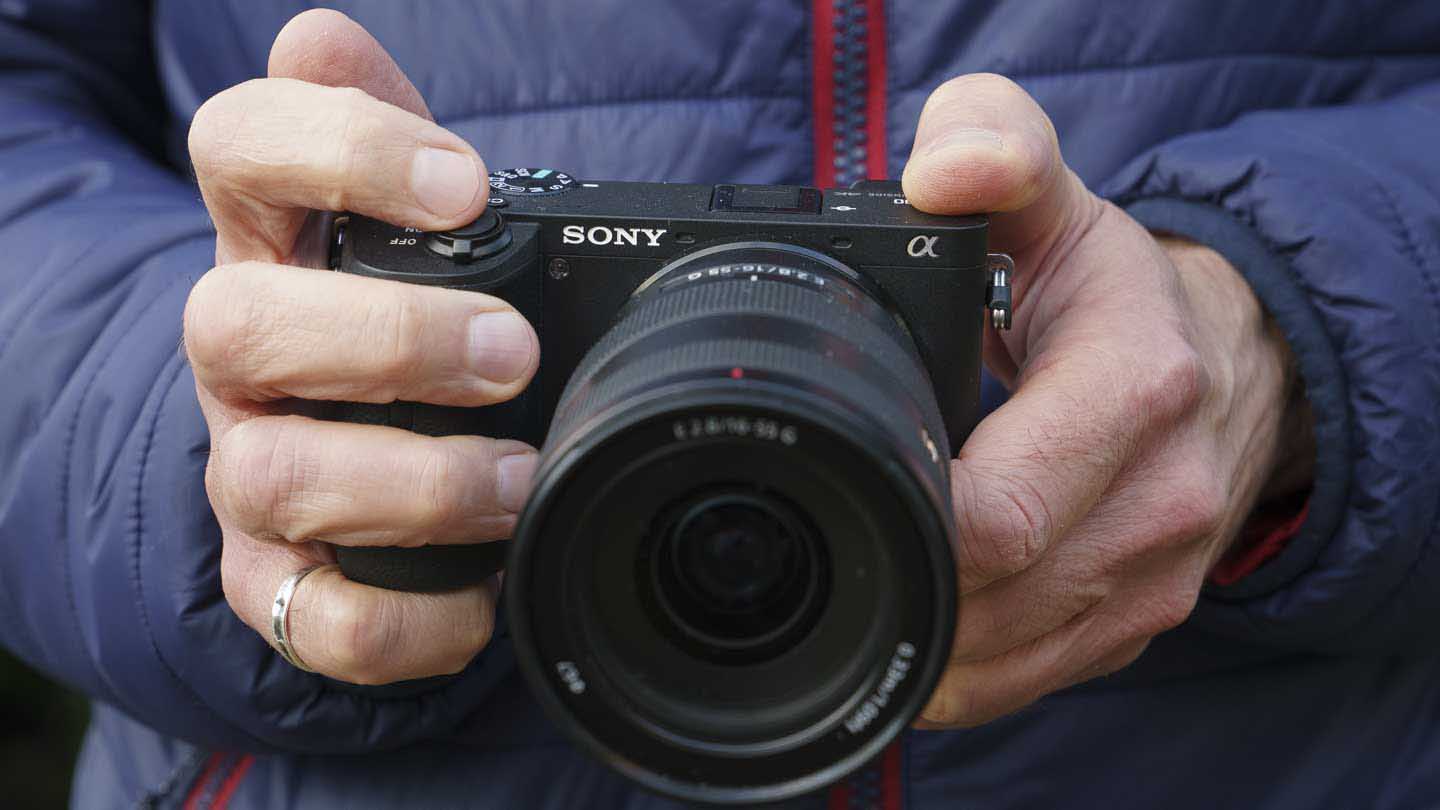
Sony A6600
One of the best APS-C cameras on the market, with a super array of specs for your money
Sensor: APS-C Exmor CMOS Megapixels: 24.2 Lens Mount: Sony E-Mount AF System: Fast Hybrid AF, 425 points / 169 points Viewfinder: 0.39-inch, 2.36 million-dot XGA OLED, 100% coverage Screen: 3-inch, 921,600-dot, touch-sensitive, tilting Max Video Resolution: 4K Max Frame Rate: 11fps
Pros: Very good image and vido quality, fast and accurate AF
Cons: Single SD card slot, limited touch control on tilting LCD
The market for high-end APS-C cameras is a pretty crowded one, but the Sony A6600 stands out by offering a great range of features. The Sony A6600 is Sony’s flagship APS-C format mirrorless camera. It has a great range of features including Real-time Eye AF for humans and animals, plus Eye AF for humans in video mode.
Inside the Sony A6600 is a 24.2Mp APS-C format sensor. That means that the sensor measures 23.5 x 15.6mm and that lens mounted on it incur a 1.5x focal length magnification factor.
Nevertheless, Sony uses the same mount on its APS-C and full-frame mirrorless cameras so you can use full-frame and APS-C format lenses interchangeably.
Sony has built an excellent reputation for its autofocus systems and its great to see that the A6600 has 850 AF points made up of 425 phase-detection points and 425 contrast-detection points. In addition, there’s Real-time Eye AF which can be set to work with humans or animals for stills shooting and humans for video.
As we’ve come to expect, 5-axis image stabilisation is built in the Sony A6600 and extends the safe hand-holdable shutter speed by up to 5 stops.
Find the latest deals on the Sony A6600 at Amazon UK and Amazon US.
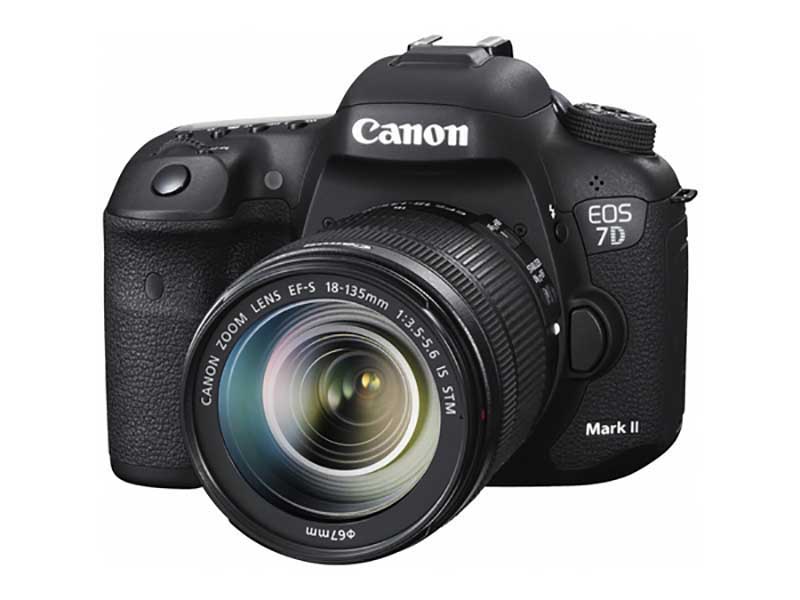
Canon 7D Mark II
A rugged all rounder, ideal to step up to from Canon’s entry-level models
Sensor: APS-C CMOS Megapixels: 20.2 Lens Mount: Canon EF-S AF System: 65 cross-type AF (centre point dual cross type) Viewfinder: Optical pentaprism, 1.0x magnification, 100% coverage Screen: 3-inch, 1040k-dot Max Video Resolution: Full HD Max Frame Rate: 10fps
Pros: Weatherproof, great handling
Cons: Fixed, non touch-sensitive screen, no 4K video
Despite being one of the oldest models in our list, the 7D Mark II is still a great choice for those looking for a high-performing APS-C camera.
Canon is yet to update its 7D line, so it still sits as its top offering for the smaller than full-frame sensor size. Designed to appeal to photographers who like to shoot lots of different subjects, it copes well with a variety of different tasks, including action photography with 10fps shooting and a very capable autofocus system.
Offering a rugged body which is weather-sealed, the 7D Mark II is readily equipped for shooting outdoors, while features such as a top-plate LCD make it very user-friendly.
If you’re already a Canon photographer using something lower down in the company’s line-up, the 7D Mark II is the obvious choice.
Find the latest deals on the Canon EOS 7D Mark II at Amazon UK and Amazon US.
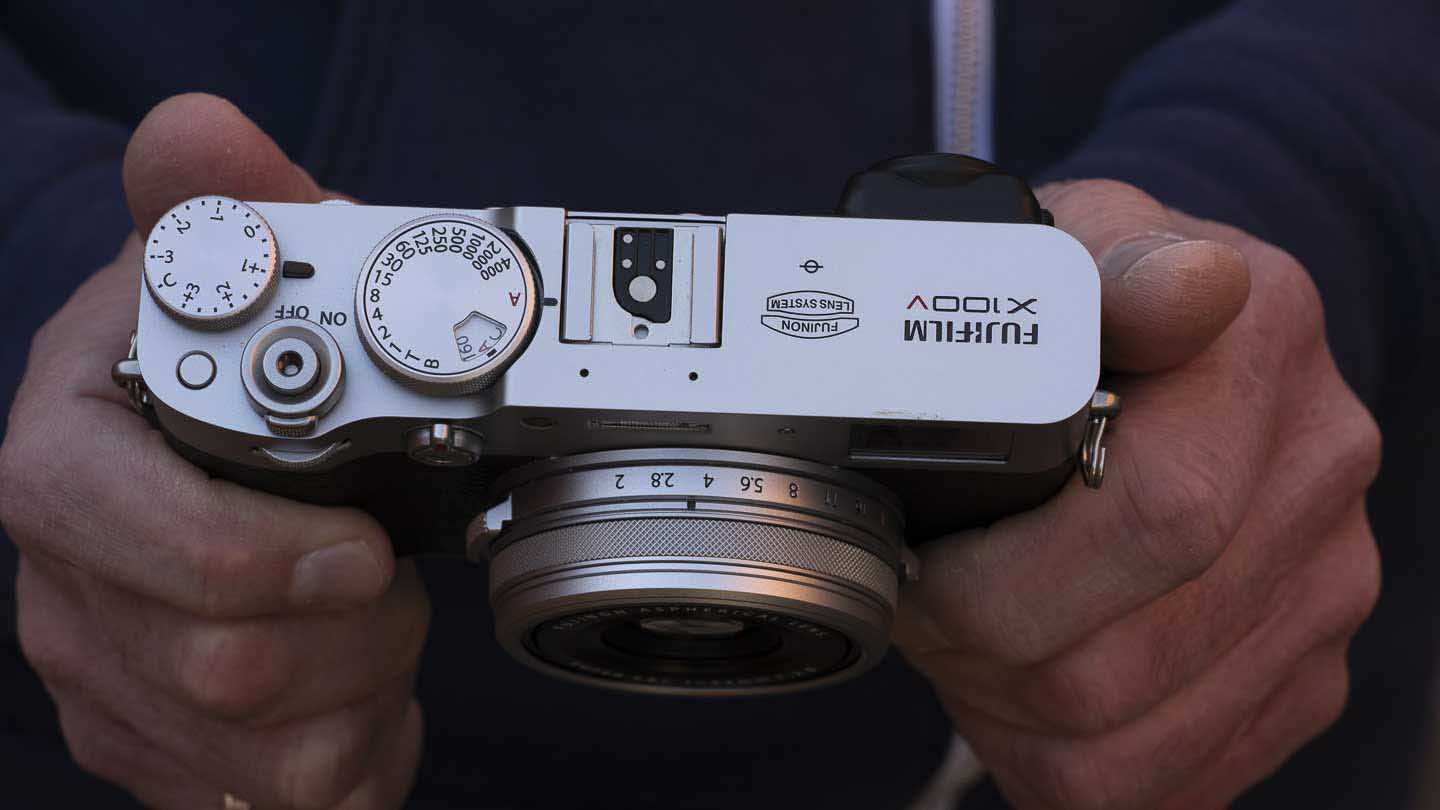
Fujiilm X100V
A retro-styled premium compact which is ideal for street photography
Sensor: X-Trans CMOS 4 APS-C sensor Megapixels: 26.1 Lens: Fujinon 23mm f/2 (35mm equivalent) AF System: Intelligent hybrid with up to 425 selectable AF points Viewfinder: Optical: Reverse Galilean viewfinder with electronic bright frame display, 95% coverage and x0.52 magnification, Electronic: 0.5 inch 3,690,000-dot OLED with 100% coverage, 0.66x magnification Screen: Tilting 3.0-inch 1,620.000-dot touchscreen LCD Max Video Resolution: DCI 4K (4096×2160) at 29.97p/25p/24p/23.98p, 200Mbps/100Mbps, for up to 10min
Pros: Hybrid viewfinder, 35mm focal length ideal as a walk around lens
Cons: Expensive
The Fuji X100V is a compact camera and the fifth model in Fujifilm’s widely respected X100 series. Inside it has the same 26.1MP APS-C format sensor and processing engine as the manufacturer’s recent enthusiast-level interchangeable lens cameras, the Fujifilm X-T4, X-T3 and X-Pro3.
This means that it can capture the same quality images albeit using a fixed 23mm f/2.0 lens with an effective focal length of 35mm.
It has a high-quality build and traditional exposure controls along with a hybrid viewfinder and a tilting touchscreen. It’s not for everyone but it’s a camera that many people will fall in love with.
Find the latest deals on the Fujifilm X100V at Amazon UK and Amazon US.
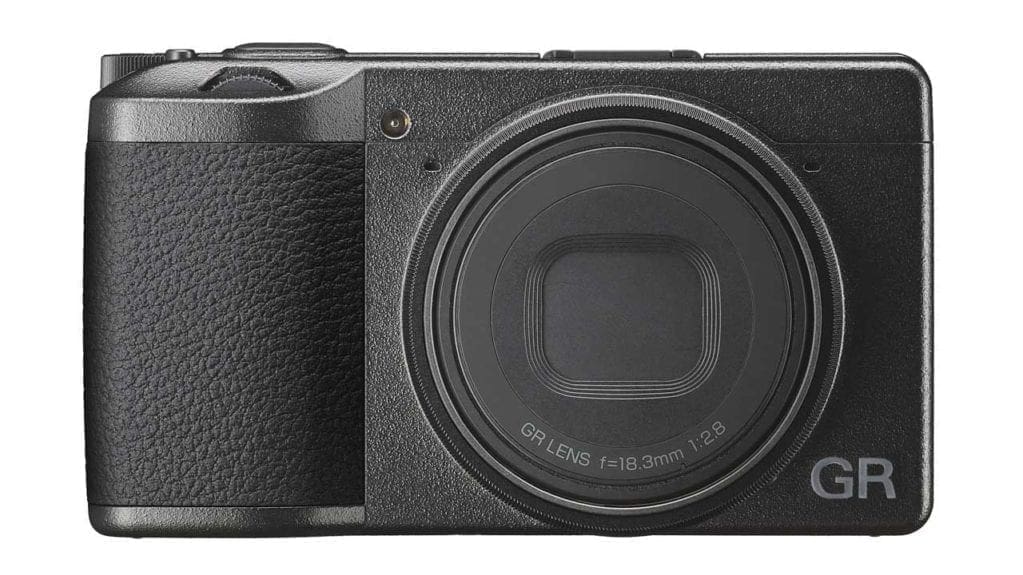
Ricoh GR III
Slim, understated and capable of great results
Sensor: APS-C CMOS Megapixels: 24.24 Lens: GR 18.3mm (28mm equivalent) f/2.8 AF System: hybrid Viewfinder: n/a Screen: 3-inch touch-sensitive, 1,037,000-dot Max video Resolution: 1920×1080
Pros: Small size, uncomplicated
Cons: No viewfinder, screen doesn’t tilt
We might be getting ahead of ourselves a little, but after shooting with a final production sample of the Ricoh GR III shortly before its announcement, we think it’s worth adding to this list.
It’s not an all-singing, all dancing, camera but the Ricoh GR III allows you to focus on the essentials. It’s designed for snap shooting and its a nice choice for street photography.
Inside, the 24.24Mp CMOS sensor lacks anti-aliasing (AA) filter to help it capture more detail but there’s an anti-aliasing system built-in should you need it. There’s also a top sensitivity setting of ISO 102,400 and a sensor-shifting Shake Reduction (SR) system.
The 14-bit DNG raw files have buckets of detail and it’s maintained very well into the corners. Flare, chromatic aberration and vignetting are also kept under close control.
Find the latest deals on the Ricoh GR III at Amazon UK and Amazon US.
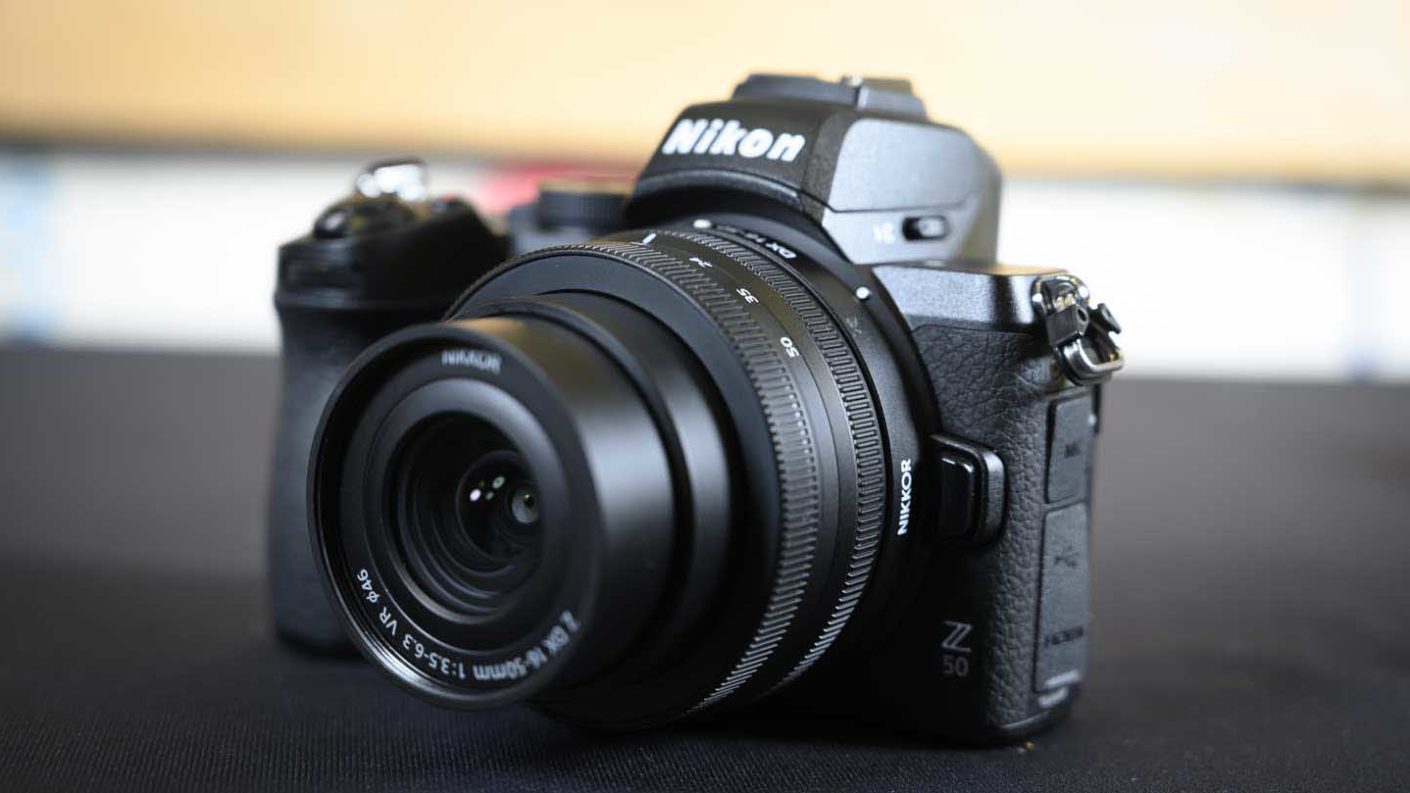
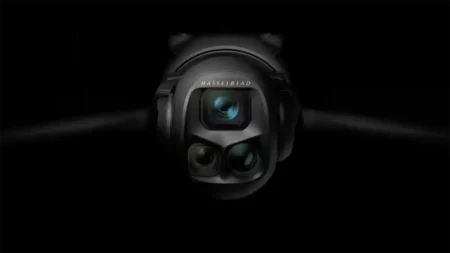
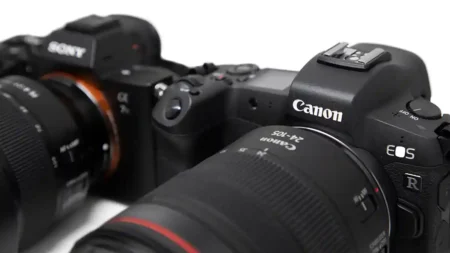

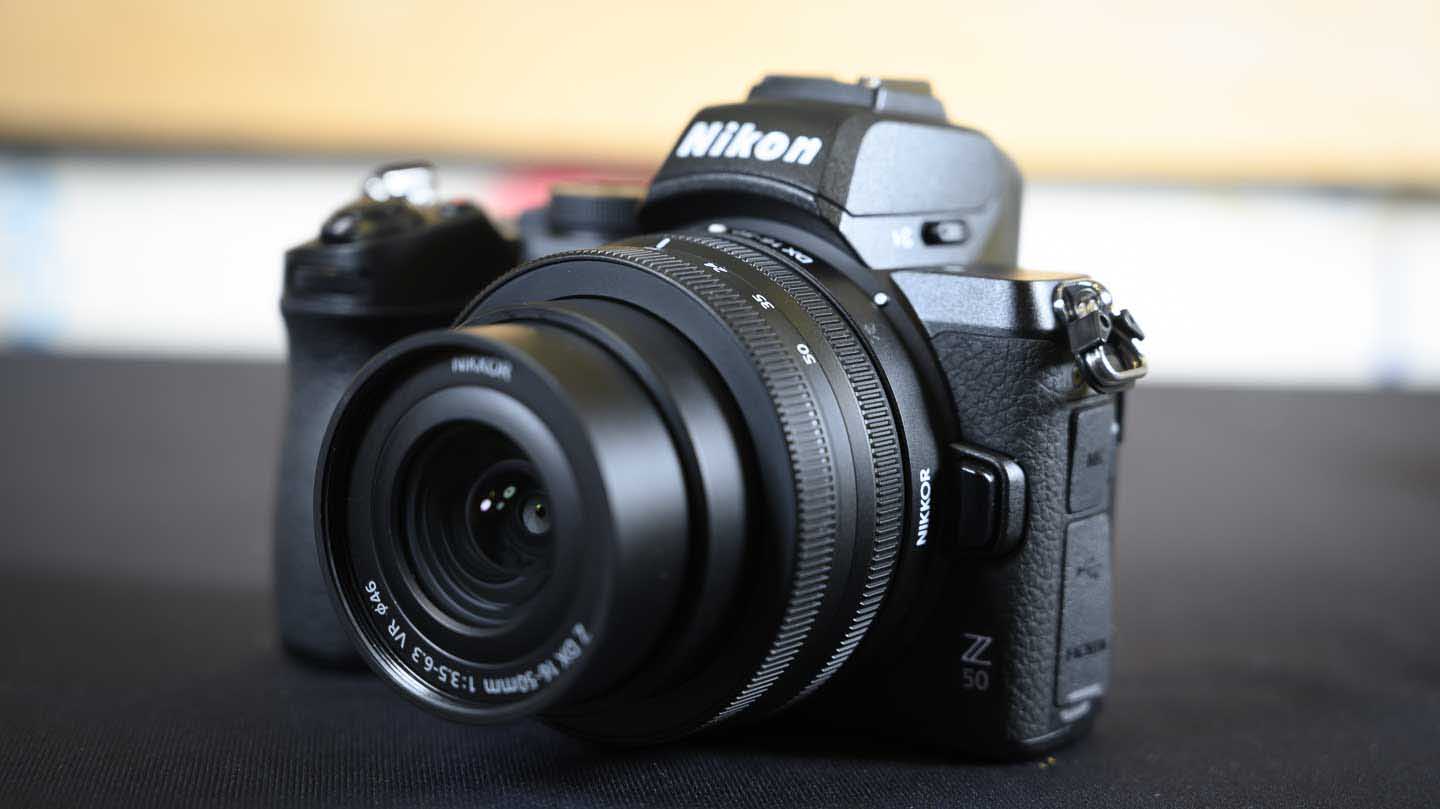
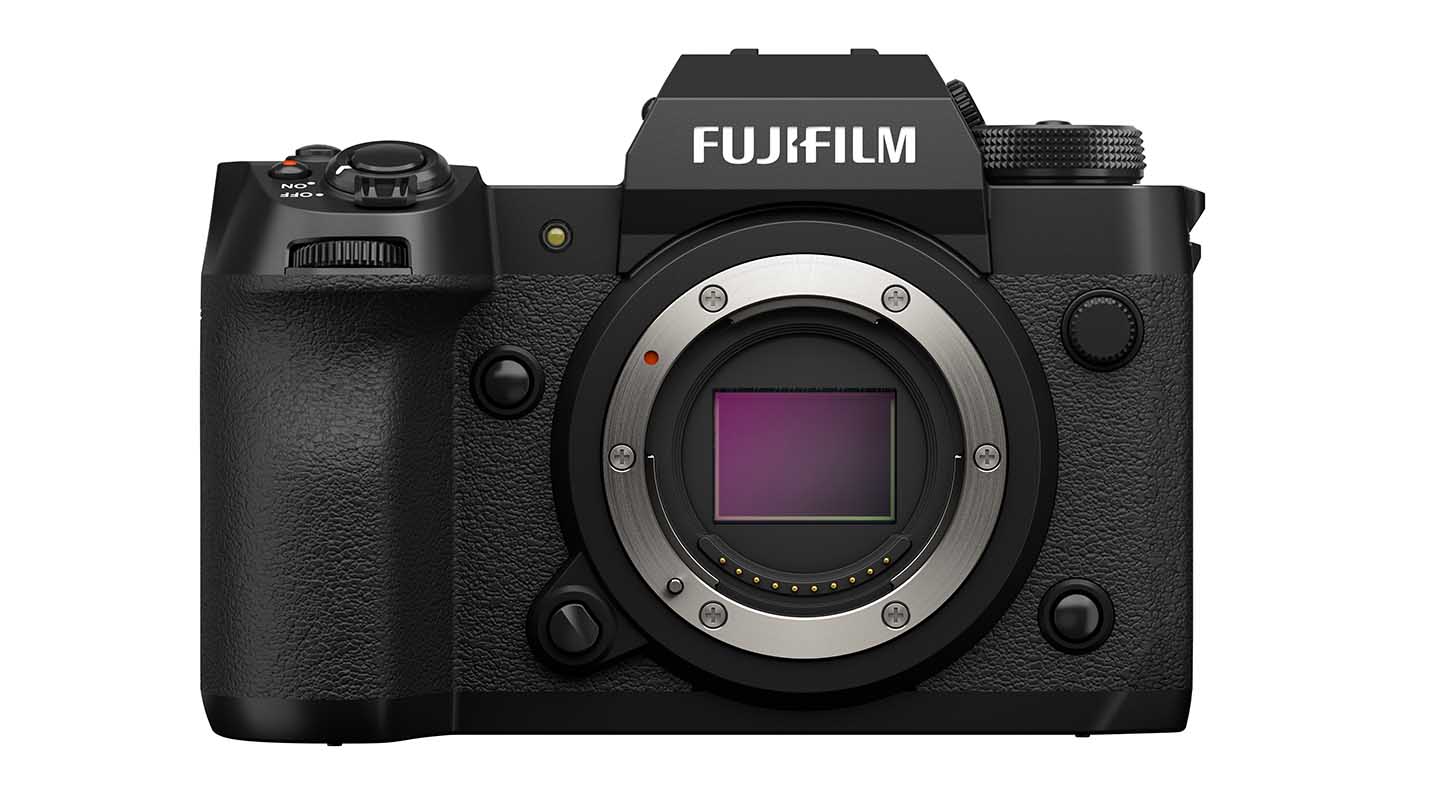
Out of all these camera , i would recommend go with sony A6400 with 85MM lens
Great article
SAD
Why sad?
Great
You left out the Nikon D7500.